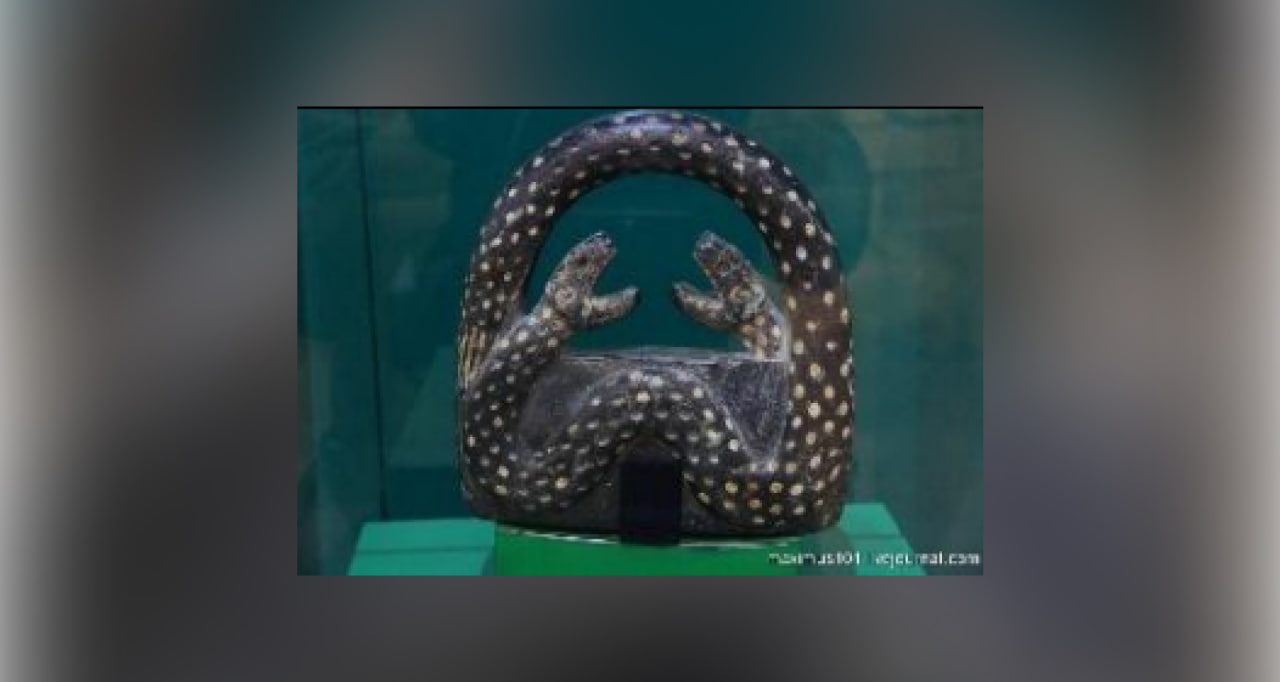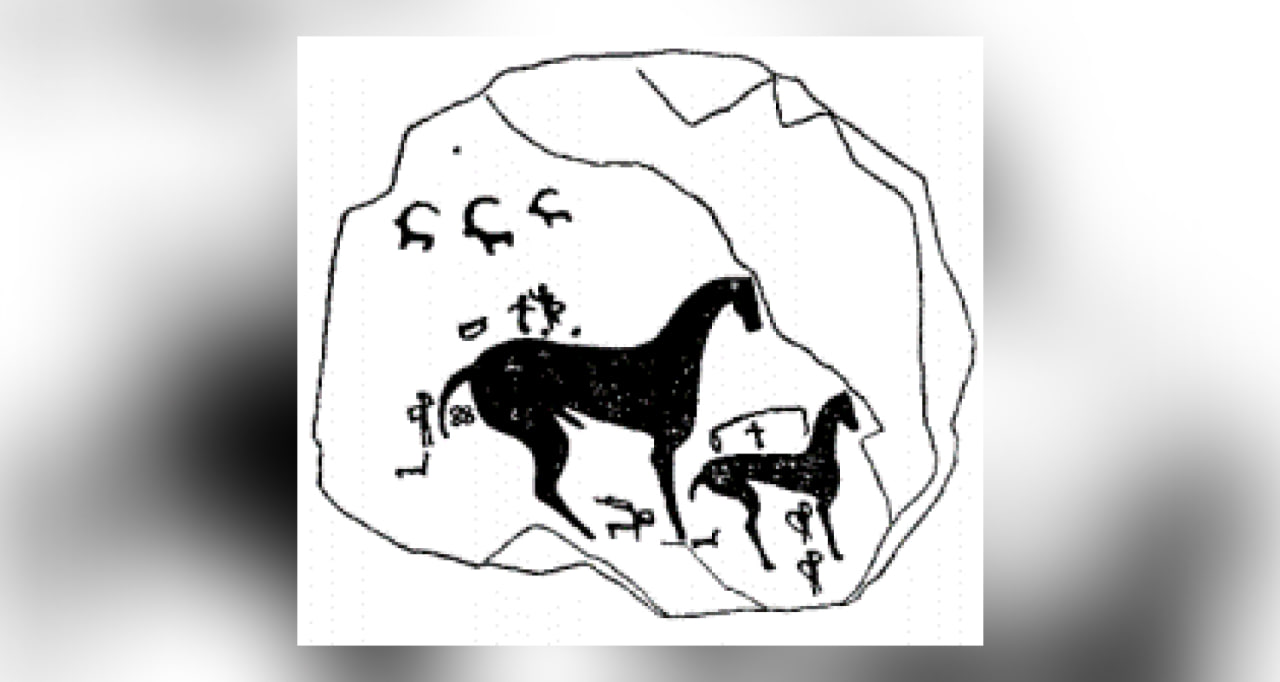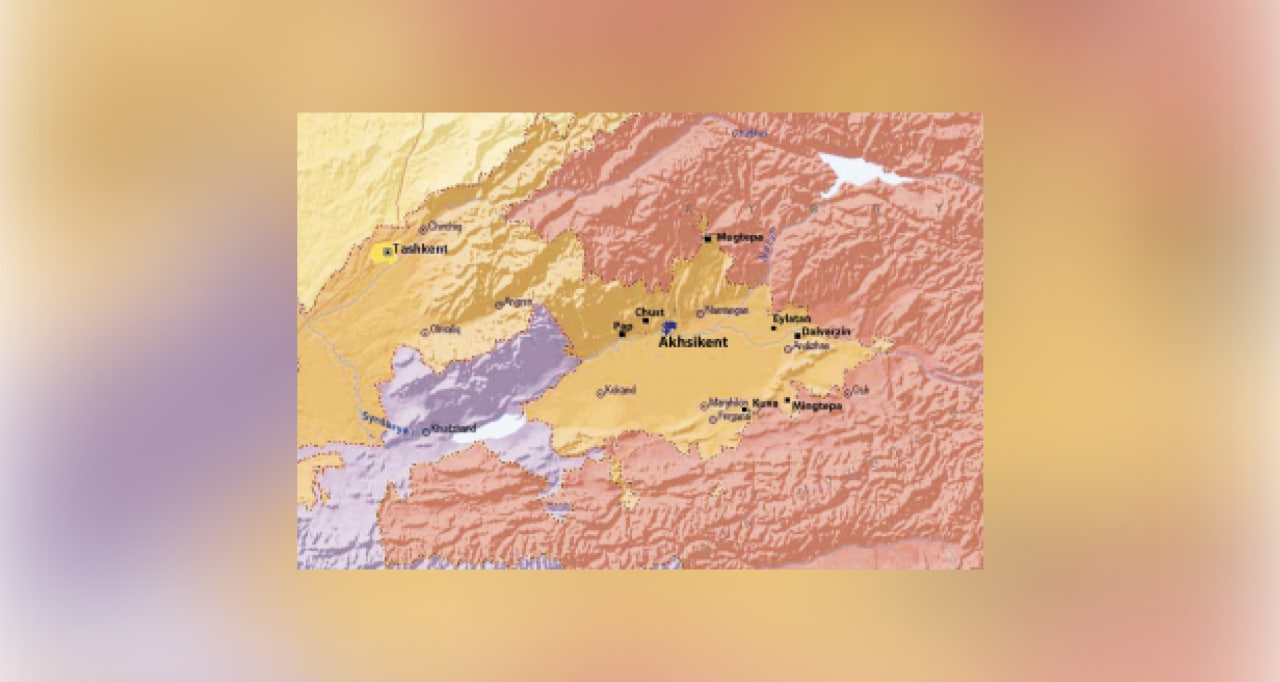Fergana truth: together, we will unveil 2,000 years of civilization’s secrets!
🔴Do you want to see the “heavenly horses that sweat blood”? the gates of history will open for you at the Center of Islamic Civilization in Uzbekistan!
🔴The Sokh discovery and Chust culture – a key to the past
The Fergana Valley holds a special place as one of the earliest centers of statehood and cultural development in human civilization. Its geographical location, proximity to trade routes, and natural resources have long attracted people to this region. Archaeological findings show that as early as the first millennium BCE, an urban culture emerged here, with agriculture, animal husbandry, and handicrafts developing.
The mysterious heritage of Fergana
The Sokh discovery, found in 1894, is a rare example of ancient Fergana art and spiritual worldview. This unique artifact, carved from chrysotile stone and shaped like a two-headed serpent, has inspired various scholarly interpretations: some researchers see it as a symbol of sacrifice, while others consider it a weight measure or a household tool.

This discovery is exhibited at the Center of Islamic Civilization, where it is expected to become an important scientific source for researchers and young scholars.
The heavenly horses
Chinese sources from the 2nd century BCE mention the famed Fergana horses. According to Zhang Qian’s descriptions, Fergana was home to the “heavenly horses that sweat blood”, whose strength and power amazed the Chinese emperors.
These heavenly horses were not only symbols of military might but also became celebrated cultural and aesthetic icons. They are depicted in Chinese palace decorations, statues, and literary works. Their images have also been preserved in the petroglyphs of the Aravan mountains.

Heavenly horses have gone down in history as a symbol of human labor, pastoral culture, and harmony with nature.
Early cities and statehood
In the 2nd–1st centuries BCE, major cities such as Ahsikent (Yuan), Koson (Guishan), and Eilton (Yuchen) were established in the Fergana region. These cities, with their defensive walls, market squares, and craft workshops, represent some of the earliest examples of urban planning.
Ahsikent (Yuan) – the capital of the Fergana state – was fortified with strong defensive walls, and its inner city contained workshops and bustling markets.
Koson (Guishan) – a center of strategic importance, renowned for its multilayered defense systems.
Eilton (Yuchen) – mentioned in written sources, is reported to have been destroyed by a powerful earthquake in the 2nd century BCE.
Chust and Dalvarzin represent the earliest stages of urbanization in the region. The population of the Chust culture engaged in irrigated farming, produced ceramic vessels, bronze weapons, and jewelry testimonies of their economic development and refined aesthetic taste.

The presence of fortresses, citadels, and rabads (suburbs) in city layouts shows that processes of urbanization were well-developed from early periods.
Statehood processes
In Fergana, agriculture, animal husbandry, and craftsmanship were the main sources of livelihood. An advanced irrigation system raised the population’s standard of living.
Due to its geographical location, Fergana played a key role on the trade routes connecting East and West. Its links with China, Bactria, Sogdiana, and other regions flourished.
These developments demonstrate that statehood in Fergana was not only tied to economic progress but also to cultural and social evolution.
Cradle of early civilization
Fergana’s history is closely intertwined with processes of economic, cultural, and social growth. Heritage sites such as the heavenly horses, the Sokh discovery, and the Chust culture highlight the region’s place as a true cradle of early civilization.
In particular, the Fergana horses – the “heavenly horses” – hold a place of honor in the exhibition as a symbol of national pride and serve as a moral and historical lesson for future generations.
At the Center of Islamic Civilization in Uzbekistan, these exhibits are presented according to a special curatorial concept, enhancing their significance and inspiring young visitors with the cultural and spiritual lessons of history.
Durdona Rasulova
P/S: The article may be used with reference to the official website of the Center.
Most read

Over 100 experts from more than 20 countries of the world are in Tashkent!

The Center for Islamic Civilization – a global platform leading towards enlightenment

The museum of the Center for Islamic Civilization in Uzbekistan has been further enriched: unique artifacts from different parts of the world have been presented as gifts











